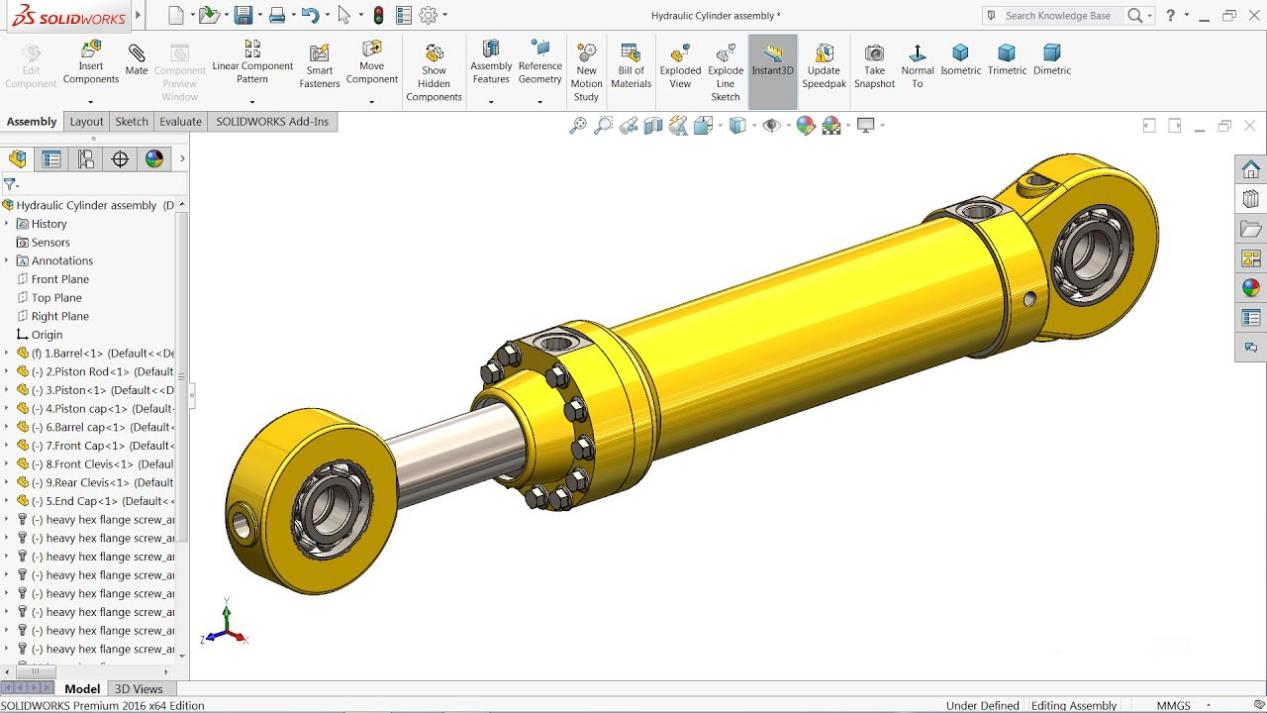Hydraulic cylinders are critical components across various industries, driving everything from heavy machinery to manufacturing equipment. However, one of the most common and disruptive issues is hydraulic leakage. Not only does leakage impact performance, but it can also lead to costly repairs, downtime, and safety hazards. This article dives deep into strategies to prevent hydraulic cylinder leakage at every stage—production, manufacturing, and field operations—providing insights that go beyond conventional solutions.
The foundation of leak prevention lies in the early stages of design and material selection. Here's how a strategic approach can make a difference:

The choice of seals and their configuration is critical. Incorporating advanced seal designs like buffer seals, rod seals, and wipers can handle high-pressure variations while preventing fluid escape. High-quality, wear-resistant materials should be selected to ensure longevity.
The precision of the rod's surface finish is crucial. Smooth surfaces with minimal imperfections reduce the risk of seal wear and minimize leakage. Controlling tolerances tightly within production ensures a perfect fit between components, minimizing the potential for fluid escape.
Selecting materials that are compatible with the hydraulic fluid used is often overlooked. Some materials react poorly to certain fluids, causing swelling, shrinkage, or degradation, all of which can lead to leakage over time.

Beyond design, the manufacturing process plays a significant role in ensuring leak-proof hydraulic cylinders. Employing rigorous standards and cutting-edge technologies can prevent future leakage issues:
Every component, from the rod to the piston, needs precise machining to meet design specifications. Any deviation, even within micro-tolerances, can cause leaks. Additionally, maintaining stringent cleanliness during assembly is crucial. Contaminants introduced during assembly can damage seals or affect the system's overall performance.
Implementing robust quality control measures is essential. Advanced inspection techniques, such as ultrasonic testing, can detect potential weak points or surface irregularities before cylinders leave the factory. Pressure testing under simulated operating conditions ensures that each unit can handle real-world stress without leakage.
Applying anti-wear coatings to the piston rod and other critical surfaces enhances durability and reduces friction between components, extending the lifespan of seals and preventing leaks.
Even with the best designs and manufacturing processes, how hydraulic cylinders are used and maintained in the field ultimately determines their longevity. Field maintenance is key to leak prevention:
Implementing a routine inspection schedule can identify issues before they escalate. Early detection of small leaks or worn seals prevents larger, more expensive repairs later. Using infrared ultrasonic detectors can help spot leaks in hard-to-reach areas.
Incorrect installation is a common cause of hydraulic leaks. Ensuring that technicians follow precise procedures during installation is vital. Improper alignment of the cylinder or over-tightening of seals can cause leaks. Additionally, rough handling of cylinders during transport or installation can damage seals and fittings.
In field operations, external factors like dust, dirt, and extreme temperatures contribute significantly to leakage. Using protective boots or shields to prevent contaminants from entering the cylinder is crucial. Similarly, storing equipment properly when not in use, especially in extreme conditions, protects seals from degradation.
The type of hydraulic fluid used, as well as its cleanliness, greatly impacts seal performance. Contaminated or inappropriate fluids accelerate seal wear, leading to leakage. Regularly checking fluid quality, monitoring particle levels, and maintaining proper fluid temperature help extend the life of seals and cylinders.
For older equipment, retrofitting with newer seals, coatings, or components can significantly reduce the chances of leakage. Manufacturers often release upgraded seal kits or enhanced cylinder designs that are backward-compatible with existing systems. Staying updated with these options helps minimize leak risks and boosts overall equipment efficiency.
Investing in regular training for maintenance crews and machine operators ensures that they are up to date with best practices for hydraulic systems. Understanding the importance of proper lubrication, handling procedures, and inspection techniques can make a significant difference in preventing leaks.
Preventing hydraulic cylinder leakage is a multi-faceted challenge that requires attention at every stage-from design and production to field operations. By integrating advanced engineering, All HCIC facilities meticulous manufacturing processes, and proactive field maintenance, industries can significantly reduce the risk of hydraulic leaks.